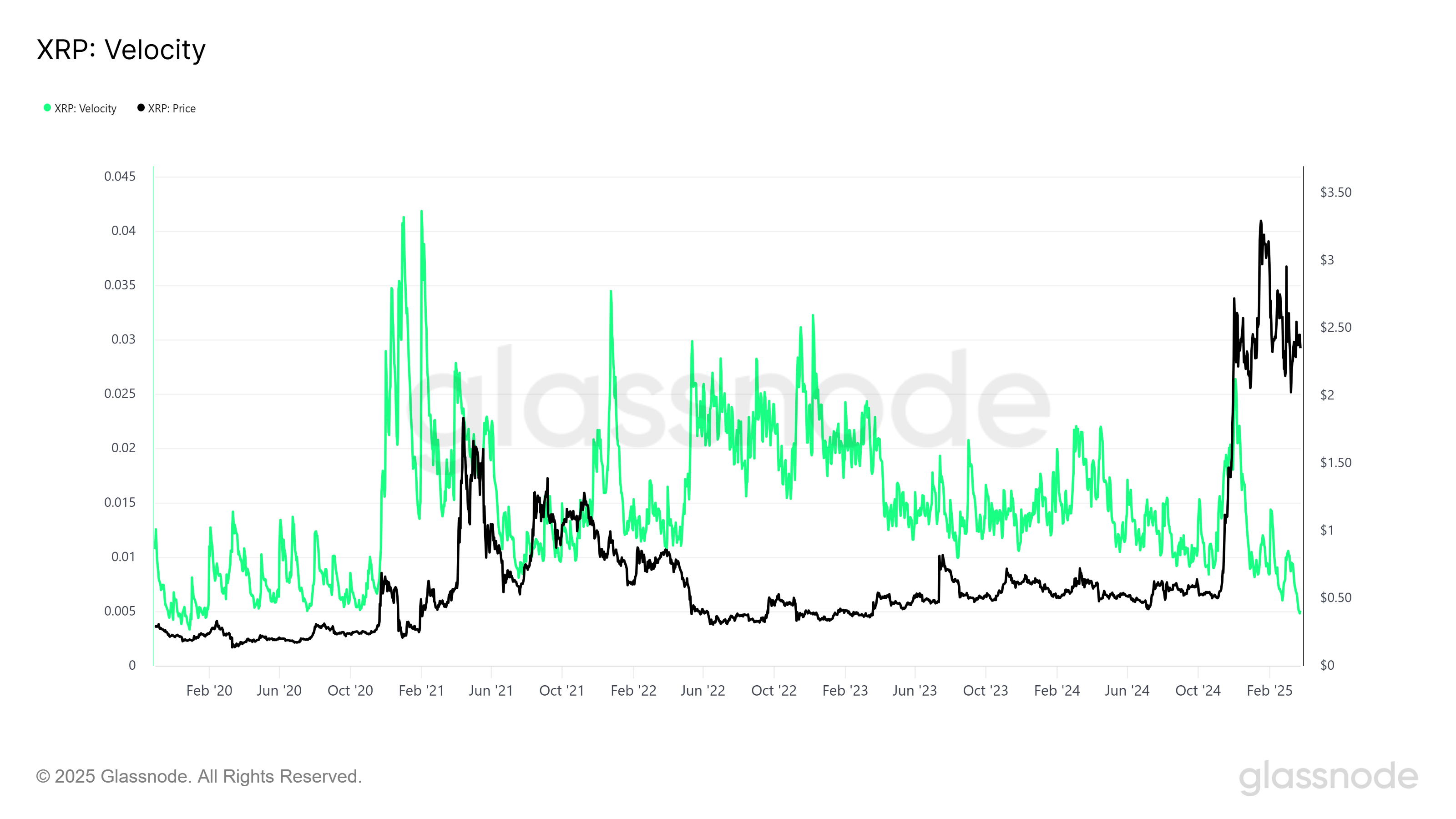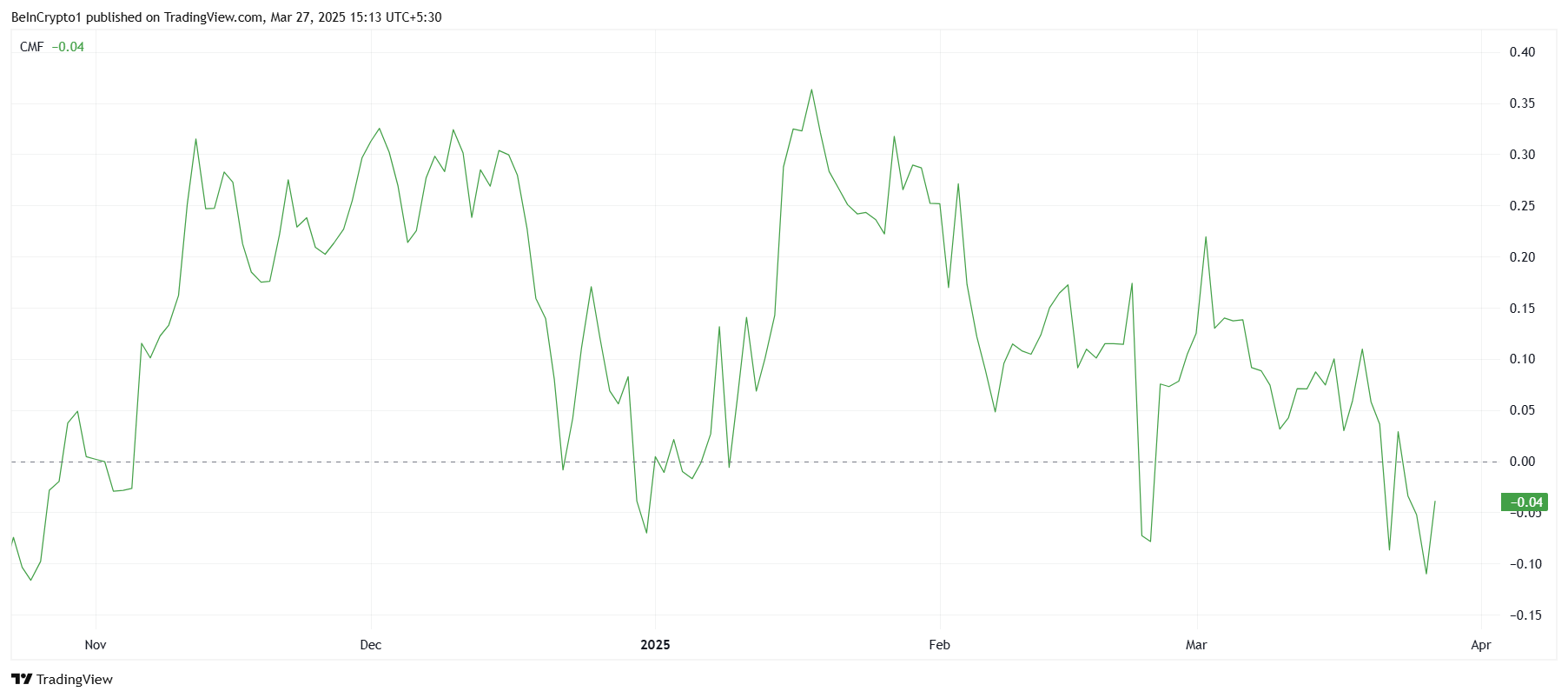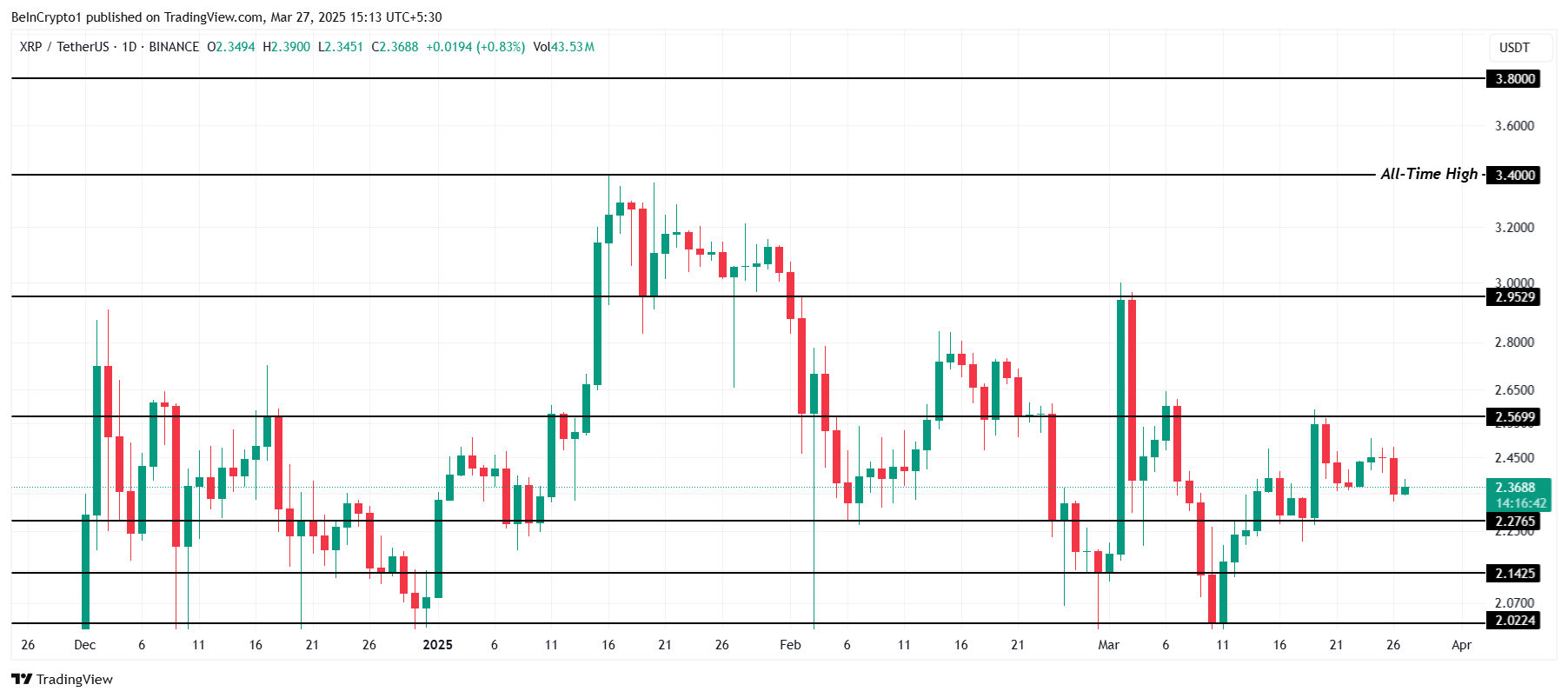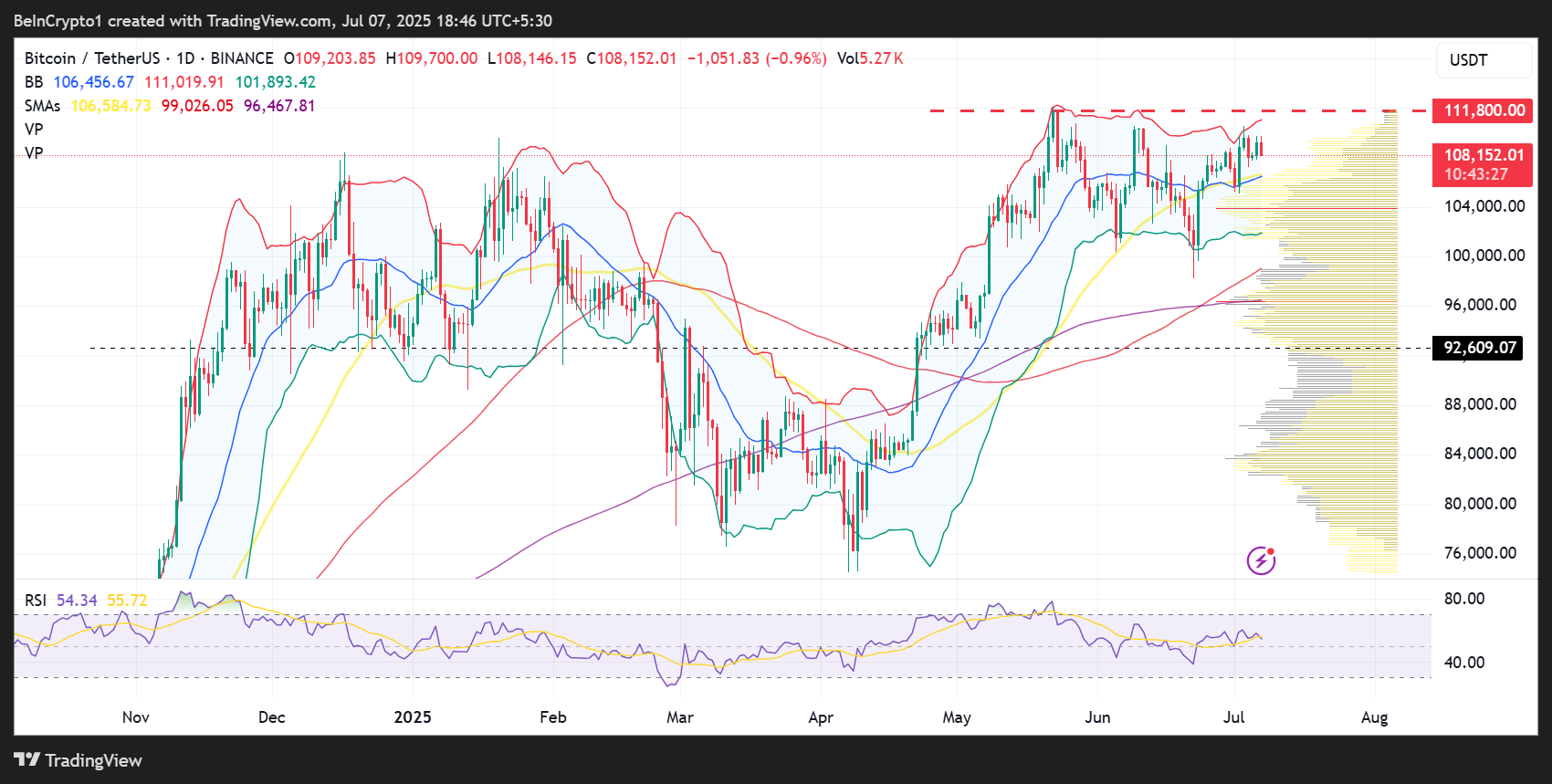This week, the US Senate failed to move forward on a major stablecoin regulation bill called the Guiding and Establishing National Innovation for US Stablecoins Act (GENIUS Act).
On May 8, Democrat lawmakers united to block the bill, as 49 of them voted against advancing the legislation, while 48 Republican senators supported it.
Bipartisan Support Fractures as Key Democrats Reject Stablecoin Legislation
Notably, several Democrats who had previously backed or co-sponsored the GENIUS Act—including Ruben Gallego, Mark Warner, Lisa Blunt Rochester, Andy Kim, Kirsten Gillibrand, and Angela Alsobrooks —voted against it.
This marks a surprise, considering the bill had previously garnered bipartisan legislative support.
Gallego and several colleagues defended their move in a joint statement, saying the proposal lacked critical safeguards.
According to them, the bill needed to include stronger language on anti-money laundering, more robust oversight of foreign stablecoin issuers, and clearer enforcement tools to ensure compliance.
They also cited national security concerns and the stability of the broader financial system among their unresolved issues.
“We recognize that the absence of regulation leaves consumers unprotected and vulnerable to predatory practices. We have approached this process constructively and with an open mind, with the understanding that additional improvements to the bill would be made,” the lawmakers stated.
However, Republican lawmakers like Pete Ricketts criticized the vote outcome, accusing Democrats of prioritizing political interests over policy progress.
Bo Hines, executive director of the President’s Council of Advisers on Digital Assets, argued that Senate Democrats missed a chance to enact sensible reforms to boost innovation and secure the US as a leader in financial technology.
“This bill wasn’t about politics—it was about building the future. It was about modernizing our outdated payment systems, and securing our position as the global standard-setter in financial technology. Instead, Democrats caved to fringe ideological factions, abandoning the opportunity to bring clarity to the market and foster American innovation,” Hines wrote on X.
Meanwhile, Matt Hougan, Chief Investment Officer at Bitwise, called the outcome “deeply unfortunate.” He warned that the absence of clear regulations could stall stablecoin adoption and suppress market growth, especially for altcoins.
Hougan also noted that a regulatory stalemate could lead to increased volatility across non-Bitcoin assets this summer.
“If stablecoin and market structure legislation grind to a halt in DC, it’s going to be a long summer for non-bitcoin crypto assets,” he noted.
Tether Welcomes Updated Stablecoin Bill
Following the failed vote, a newly updated draft of the GENIUS Act has surfaced with notable changes.
The new draft narrows its list of sponsors to Republican Senators Bill Hagerty, Cynthia Lummis, Tim Scott, and Dan Sullivan. Democrats Kristen Gillibrand and Angela Alsobrooks, who had previously backed the bill, were removed from the updated version.
The latest draft expands US jurisdiction to cover foreign stablecoin issuers like Tether that serve American users. It also refines the legal definition of digital asset service providers and updates the types of assets that can back stablecoins.
These changes suggest a push for broader oversight and greater flexibility in reserve management.
Meanwhile, Tether CEO Paolo Ardoino responded positively to the bill’s revisions. He said the company supports constructive regulation and looks forward to further engagement with US policymakers.
According to Ardoino, establishing a solid regulatory framework could help secure the US dollar’s dominance in global markets.
“We acknowledge and appreciate the hard work that the administration has done to support the legislative process regarding this transformative technology…We look forward to the government’s continued efforts to legislate in a way that promotes global dollar hegemony,” he said.
The post GENIUS Act Stalls in Senate as Democrats Cite AML and Oversight Shortcomings appeared first on BeInCrypto.











